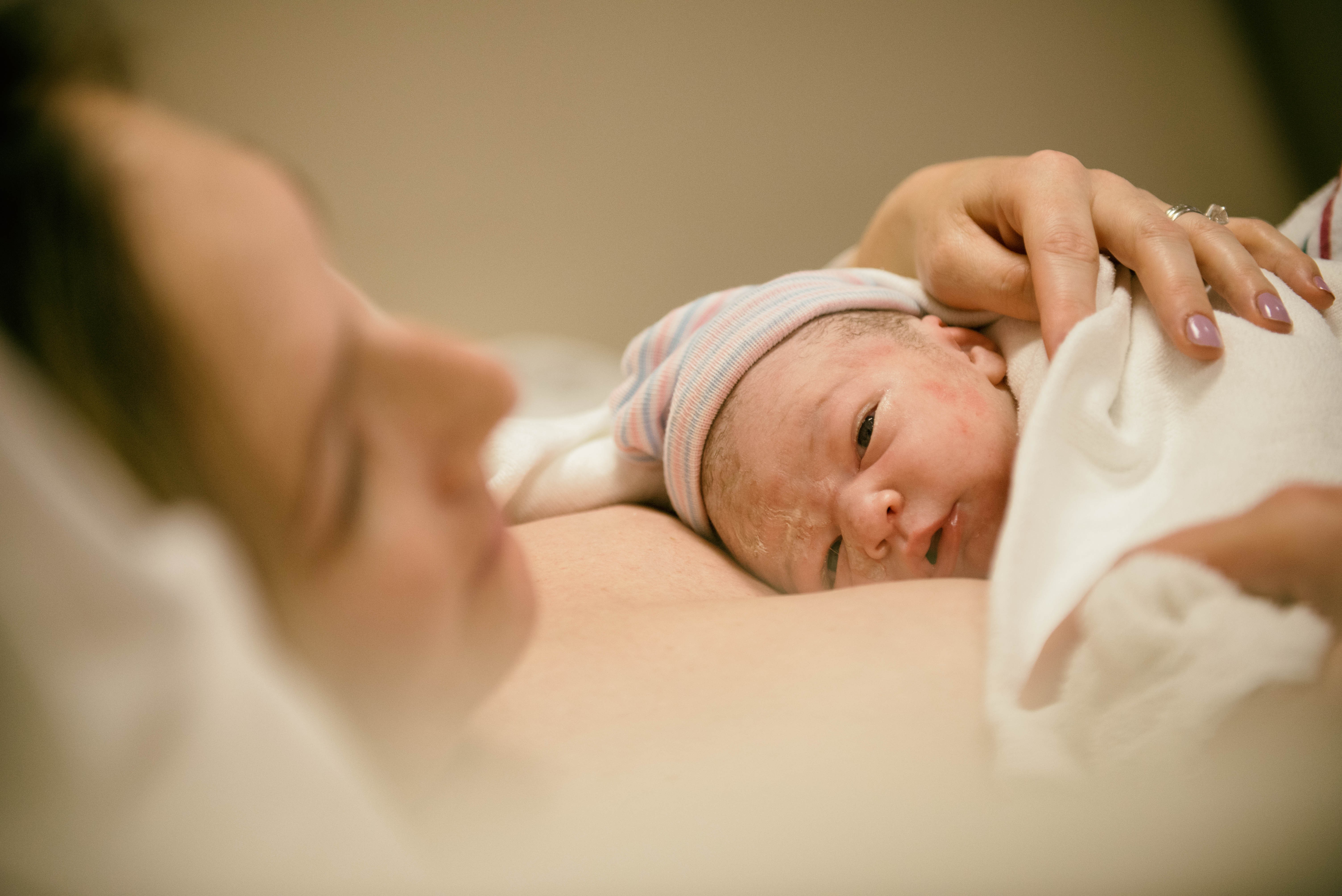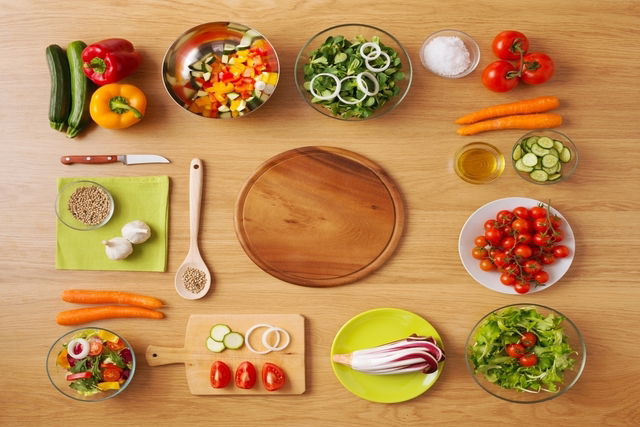o que pode comer no pos parto Imagem relacionada
During pregnancy, one of the most important considerations for any expectant mother is deciding which type of delivery is best for her and her baby. There are several different options available, each with its own set of advantages and considerations. In this article, we will explore nine different types of delivery and how to choose the best one for you.
Natural Birth
The first and most common type of delivery is a natural birth. This is when the baby is delivered through the birth canal without the use of any medical interventions. Natural births are often preferred by women who want to have a more hands-on, intimate experience during childbirth. It is important to note that while natural births are generally safe, they can be more painful and may require more physical effort.
 Image: A mother giving birth naturally
Image: A mother giving birth naturally
Water Birth
Water births have gained popularity in recent years as a more relaxing and gentle way to deliver a baby. During a water birth, the mother sits in a shallow tub of warm water while giving birth. The water helps to support the mother’s body while providing a soothing and calming environment. Water births have been found to reduce the need for pain medication and can help ease the birthing process.
 Image: A mother giving birth in water
Image: A mother giving birth in water
Cesarean Section
A cesarean section, also known as C-section, is a surgical procedure in which the baby is delivered through an incision in the mother’s abdomen. C-sections are typically recommended when the health of the mother or baby is at risk or when a vaginal delivery is not possible. While C-sections are generally safe, they do carry some risks and require a longer recovery time compared to natural births.
 Image: A mother undergoing a cesarean section
Image: A mother undergoing a cesarean section
Vaginal Birth After Cesarean (VBAC)
For mothers who have previously had a cesarean section, a vaginal birth after cesarean (VBAC) may be an option. VBACs allow for a vaginal delivery despite a previous C-section. This option can be appealing to women who want to experience a vaginal birth or are hoping for a quicker recovery. However, VBACs do carry some risks and are not recommended for all women.
Assisted Vaginal Delivery
In some cases, an assisted vaginal delivery may be necessary to help guide the baby out of the birth canal. This type of delivery involves the use of medical instruments such as forceps or a vacuum extractor. Assisted vaginal deliveries are typically recommended when the baby is showing signs of distress or if the labor is not progressing as expected.
Induced Labor
Induced labor is when labor is started artificially by using medications or other techniques. This can be done for various reasons, such as a medical condition that may be harmful to the mother or baby if the pregnancy continues. Induced labor can also be recommended if the pregnancy has gone past the due date. It is important to discuss the risks and benefits of induced labor with your healthcare provider.
Scheduled Cesarean Section
In some cases, a cesarean section may be scheduled in advance rather than performed as an emergency procedure. This can be due to various reasons, including medical conditions that make a vaginal delivery risky or the mother’s personal preference. Scheduled C-sections allow for a more planned and controlled birthing experience.
Twin or Multiple Births
When expecting twins or multiples, a different approach to delivery may be required. Depending on the specific circumstances and the health of the mother and babies, various options may be available. Some women may deliver their babies vaginally, while others may require a cesarean section. It is important to discuss the best course of action with your healthcare provider.
Home Birth
For women seeking a more intimate and personalized birthing experience, a home birth may be an option. Home births involve delivering the baby in the comfort of your own home, usually with the assistance of a midwife. It is important to note that home births are not recommended for all women, especially those with high-risk pregnancies or medical conditions that require immediate medical attention.
Choosing the best delivery option is a personal decision that should be made in consultation with your healthcare provider. Consider your own preferences, medical history, and the latest research to make an informed decision. Remember, the most important thing is the health and well-being of both you and your baby.
Sources:
- Mayo Clinic - Natural Childbirth
- American Pregnancy Association - Different Types of Assisted Delivery
- Healthline - 8 Ways to Safely Induce Labor
If you are looking for O que pode e o que não pode fazer e comer no resguardo? | Hora do parto you’ve came to the right web. We have 5 Images about O que pode e o que não pode fazer e comer no resguardo? | Hora do parto like TIPOS DE PARTO: CONHEÇA 9 E ESCOLHA O MELHOR PARA VOCÊ, Imagem relacionada | Jejum intermitente como fazer, Dieta de jejum and also O que pode e o que não pode fazer e comer no resguardo? | Hora do parto. Read more:
O Que Pode E O Que Não Pode Fazer E Comer No Resguardo? | Hora Do Parto
 br.pinterest.comAlimentação Pós-parto: O Que Comer E O Que Evitar - Tua Saúde
br.pinterest.comAlimentação Pós-parto: O Que Comer E O Que Evitar - Tua Saúde
 www.tuasaude.comTIPOS DE PARTO: CONHEÇA 9 E ESCOLHA O MELHOR PARA VOCÊ
www.tuasaude.comTIPOS DE PARTO: CONHEÇA 9 E ESCOLHA O MELHOR PARA VOCÊ
 medholos.blogspot.comDieta Pós-parto: O Que Comer E Não Comer - Dermaweb
medholos.blogspot.comDieta Pós-parto: O Que Comer E Não Comer - Dermaweb
 dermaweb.com.brImagem Relacionada | Jejum Intermitente Como Fazer, Dieta De Jejum
dermaweb.com.brImagem Relacionada | Jejum Intermitente Como Fazer, Dieta De Jejum
 www.pinterest.comO que pode e o que não pode fazer e comer no resguardo?. Alimentação pós-parto: o que comer e o que evitar. Dieta pós-parto: o que comer e não comer
www.pinterest.comO que pode e o que não pode fazer e comer no resguardo?. Alimentação pós-parto: o que comer e o que evitar. Dieta pós-parto: o que comer e não comer